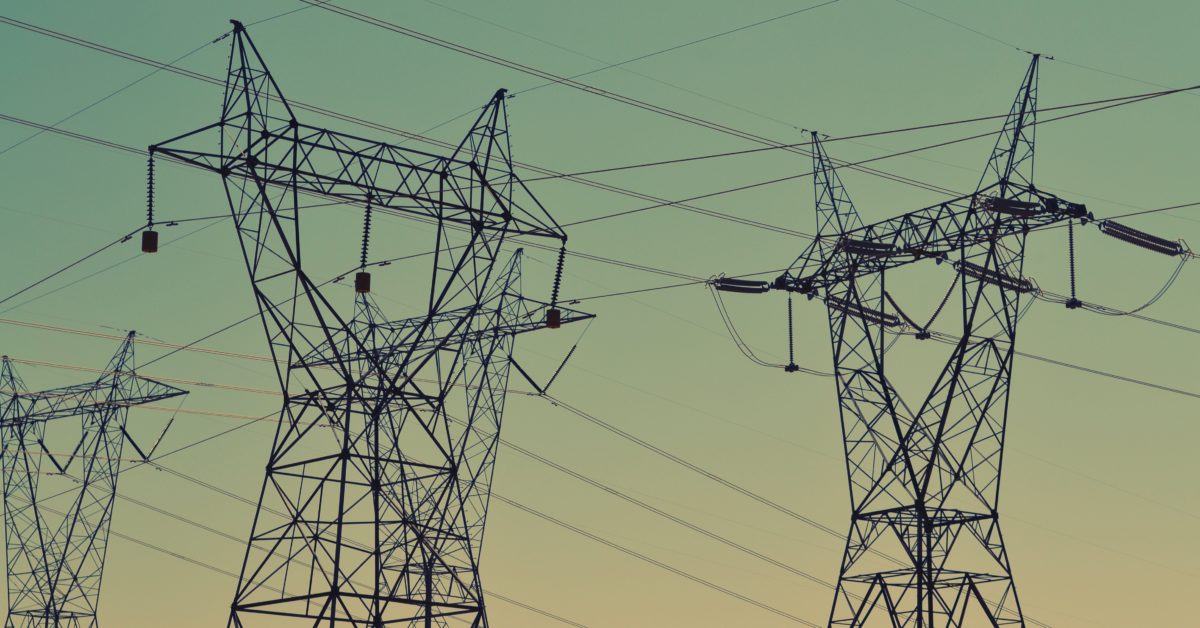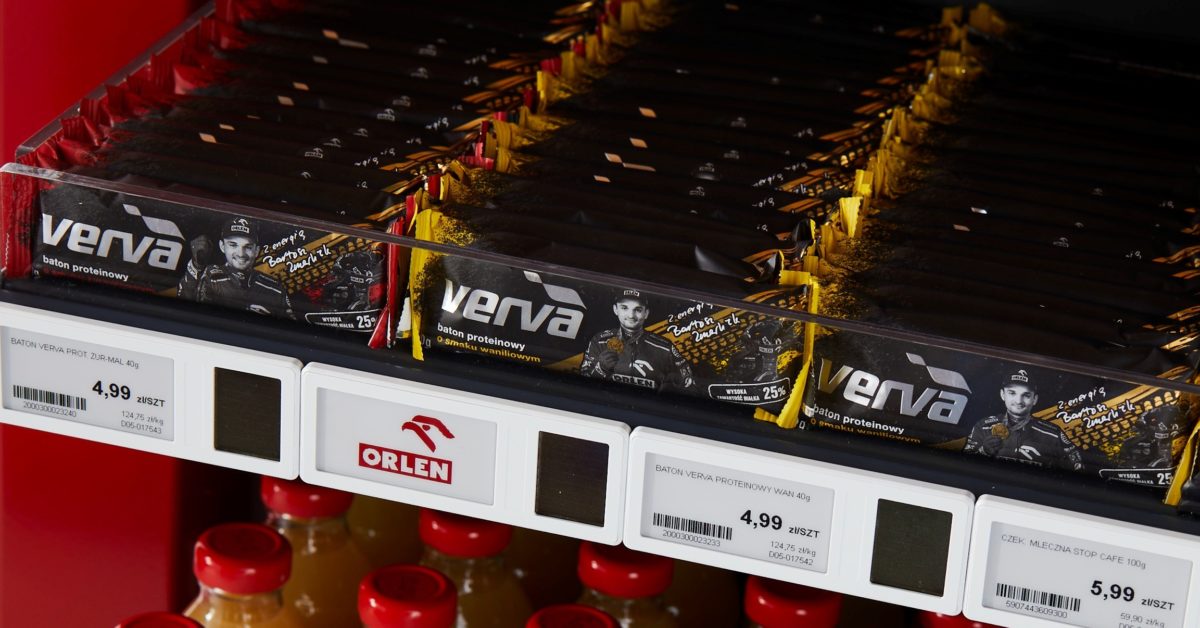Olga Malinkiewicz and team selected as finalists for the European Inventor Award 2024
Printing thin and flexible solar cells to generate solar power: Polish physicist and team selected as finalists for the European Inventor Award 2024
- Olga Malinkiewicz developed a greener and more flexible technology to produce solar power
- These printed, lightweight solar cells allow for generating energy from sunlight and artificial light, and can be attached to many surfaces, from windows to tents
- The Polish physicist will compete for the ‘SMEs’ category award against the French team and Finnish one. The winners will be announced during the Award ceremony on 9 July in Malta
- Voting for the Popular Prize, awarded by the public, is open as of today.
Munich, 16 May 2024 – According to the International Energy Agency (IEA), renewable energy installations are expected to double in the next five to ten years, but these can be expensive and often lack the ideal location. Olga Malinkiewicz and her team are working towards making solar energy more affordable and available to everyone using perovskite as a semiconductor in solar cells. Malinkiewicz and her team are finalists in the ‘SMEs’ category of the European Inventor Award 2024 in recognition of their outstanding efforts towards a sustainable future. They were selected by an independent jury from over 550 candidates for this year’s edition.
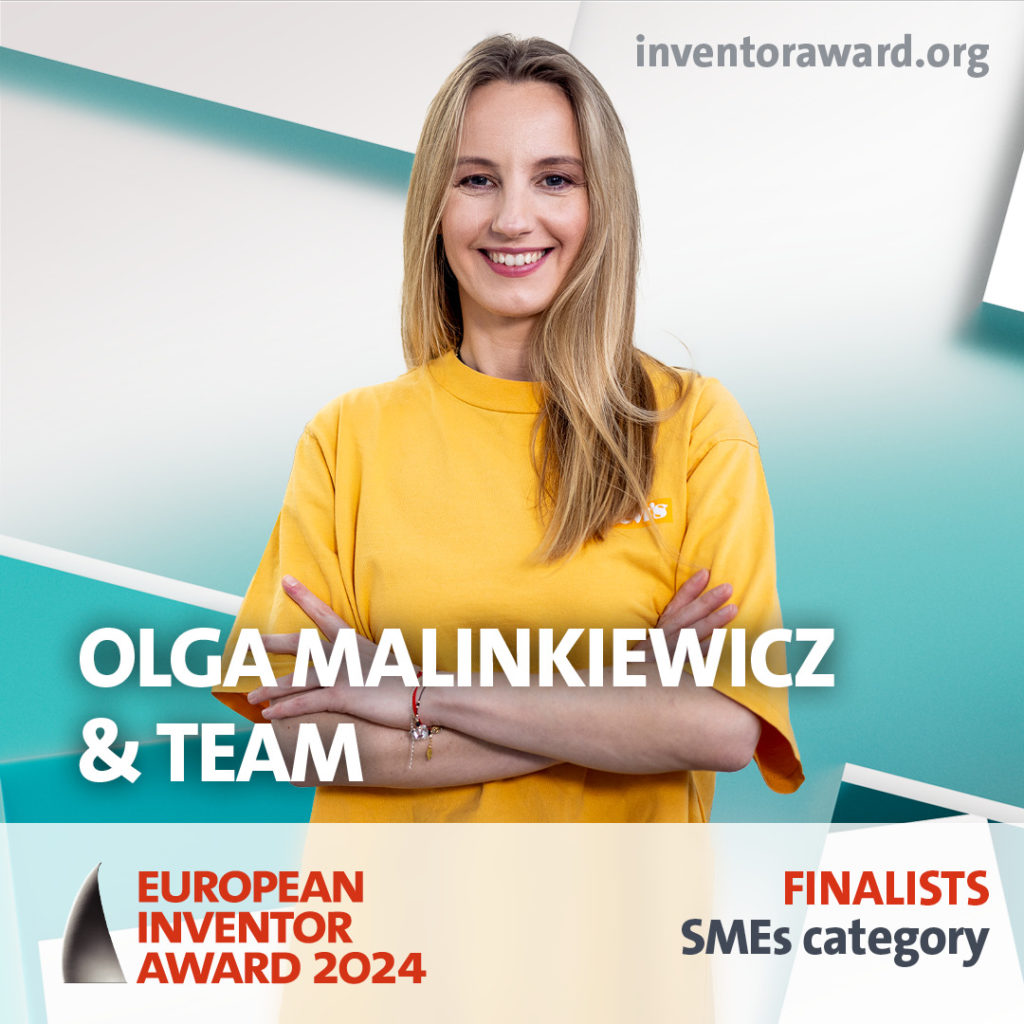
photo 1: dr Olga Malinkiewicz, CTO of Saule Technologies, and her team are selected as finalists in the SMEs category of European Inventor Award 2024.
Printing a solution, one square metre at a time
Olga Malinkiewicz invented a new technology for printing flexible solar cells so light that one square metre can be effortlessly supported between just two fingers. The exceptional qualities of perovskite allow for generating energy from both sunlight and artificial light, opening a broad range of application possibilities and introducing a breakthrough concept of light recycling. As this technology is printed and flexible, it is more adaptable and cheaper to produce.
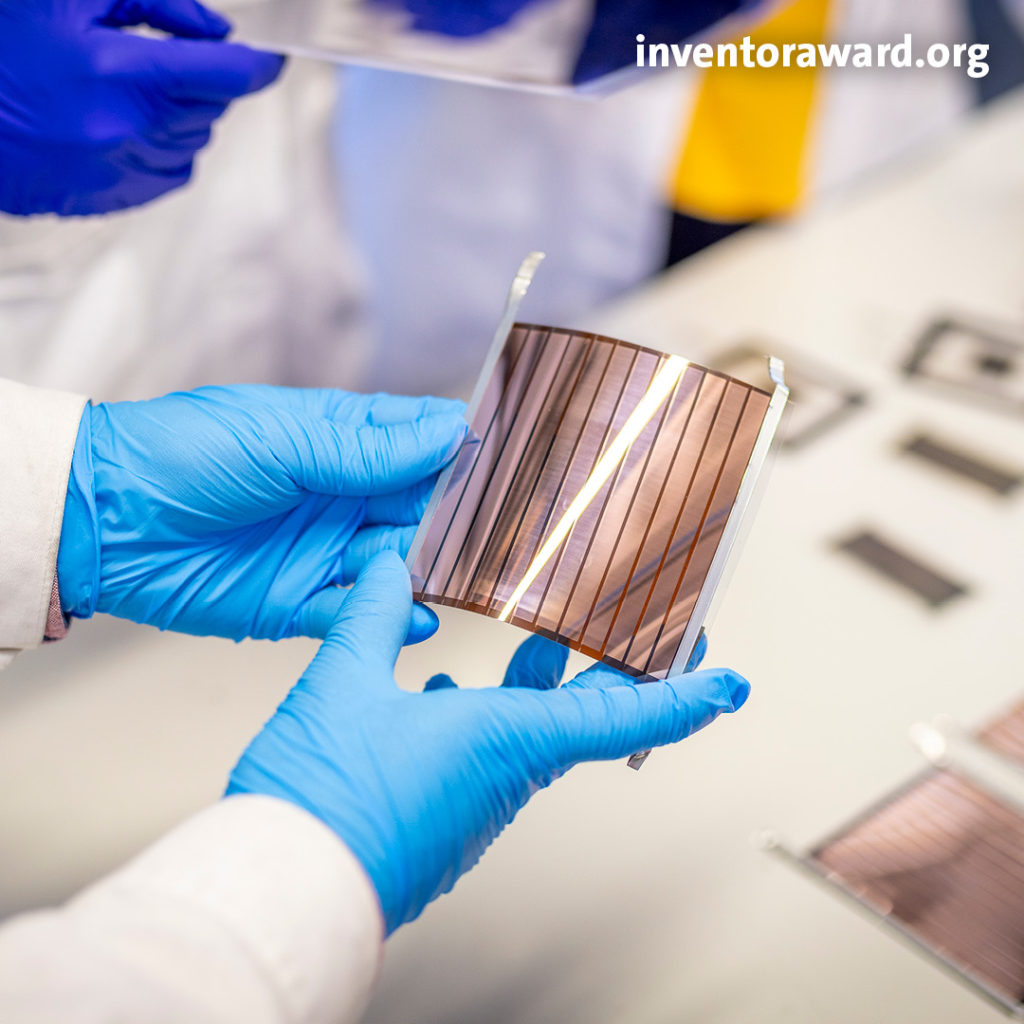
photo 2: thin and flexible perovskite solar cell by Saule Technologies.
“Solar power is widely available almost everywhere on the planet, making it accessible. Nature usually has the simplest solutions, but we can put some science into solar power to increase efficiency”, explained Malinkiewicz. “The perovskite photovoltaics can be applied everywhere, where you cannot install the traditional, heavy and stiff silicon solar cells, because they are too heavy. Our panels are much lighter. Imagine that we can cover every surface, indoor or outdoor, without exceeding the weight limit and utilise it for creating energy. They are as light as falling snow”, she added.
The cells could be integrated in buildings – on windows and facades – and into consumer electronics goods – such as keyboards, as well as the backs of computers and tablets. Devices with lower power consumption might not need batteries once equipped with these perovskite solar cells. For high-power devices like cell phones, the perovskite solar cells could provide additional minutes of power.

photo 3: production of perovskite solar cells – Saule Technologies’ production line.
Expanding the horizons of solar power
Malinkiewicz is the co-founder and Chief Technical Officer of Saule Technologies. For her invention – developing a novel perovskite cell architecture allowing fabrication of perovskite cells on thin film – she was awarded the Photonics21 Student Innovation Award (2014). Since starting the company (named after the Baltic Sun Goddess, Saulé), Olga Malinkiewicz and her colleagues have worked to popularise renewable energy and greatly contributed to the field of flexible perovskite photovoltaics. Now, having Saule Technologies’ perovskite solar cells certified and approved for application in consumer electronics, they aim to commercialize this technology to make it available to a wider audience.
The Polish inventor and her team are one of three finalists in the ‘SMEs’ category of the European Inventor Award 2024. The other finalists are French inventors Bruno Mottet and Lydéric Bocquet for their osmotic power generation technology using nanostructured materials and Finnish inventors Sirpa Jalkanen and Markku Jalkanen for their work on a targeted immunotherapy to treat cancer. The EPO will announce the winners during a ceremony livestreamed here from Malta on 9 July 2024. In addition to each category, the EPO will reveal the Popular Prize winner, chosen by only public vote. Voting will remain open until the day of the ceremony.
Find more information about the invention’s impact, the technology and the inventors’ stories here.
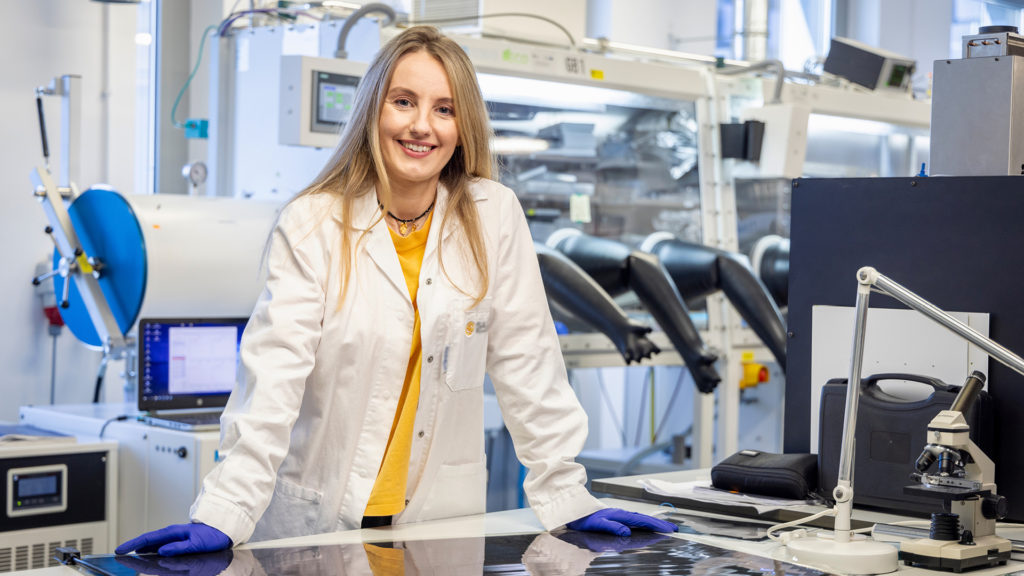
photo 4: Olga Malinkiewicz in the laboratory of Saule Technologies.
About the European Inventor Award
The European Inventor Award is one of Europe’s most prestigious innovation prizes. Launched by the EPO in 2006, the award honours individuals and teams, who have come up with solutions to some of the biggest challenges of our time. The European Inventor Award jury consists of inventors who are all former finalists. To judge proposals, the independent panel draws on their wealth of technical, business, and intellectual property expertise. In 2024, the jury is chaired by Wolfgang M. Heckl. All inventors must have been granted a European patent for their invention. Read more here on the various categories, prizes, selection criteria and livestream ceremony to be held on 9 July in Malta.
About the EPO
With 6,300 staff members, the European Patent Office (EPO) is one of the largest public service institutions in Europe. Headquartered in Munich with offices in Berlin, Brussels, The Hague and Vienna, the EPO was founded with the aim of strengthening co-operation on patents in Europe. Through the EPO’s centralised patent granting procedure, inventors are able to obtain high-quality patent protection in up to 4 countries, covering a market of some 700 million people. The EPO is also the world’s leading authority in patent information



